PokoPoko, an Oasis of Calm in a Volcanic Region
Located close to Mount Nasu, one of the 100 Famous Japanese Mountains, this complex invites guests to relax in the heart of nature.
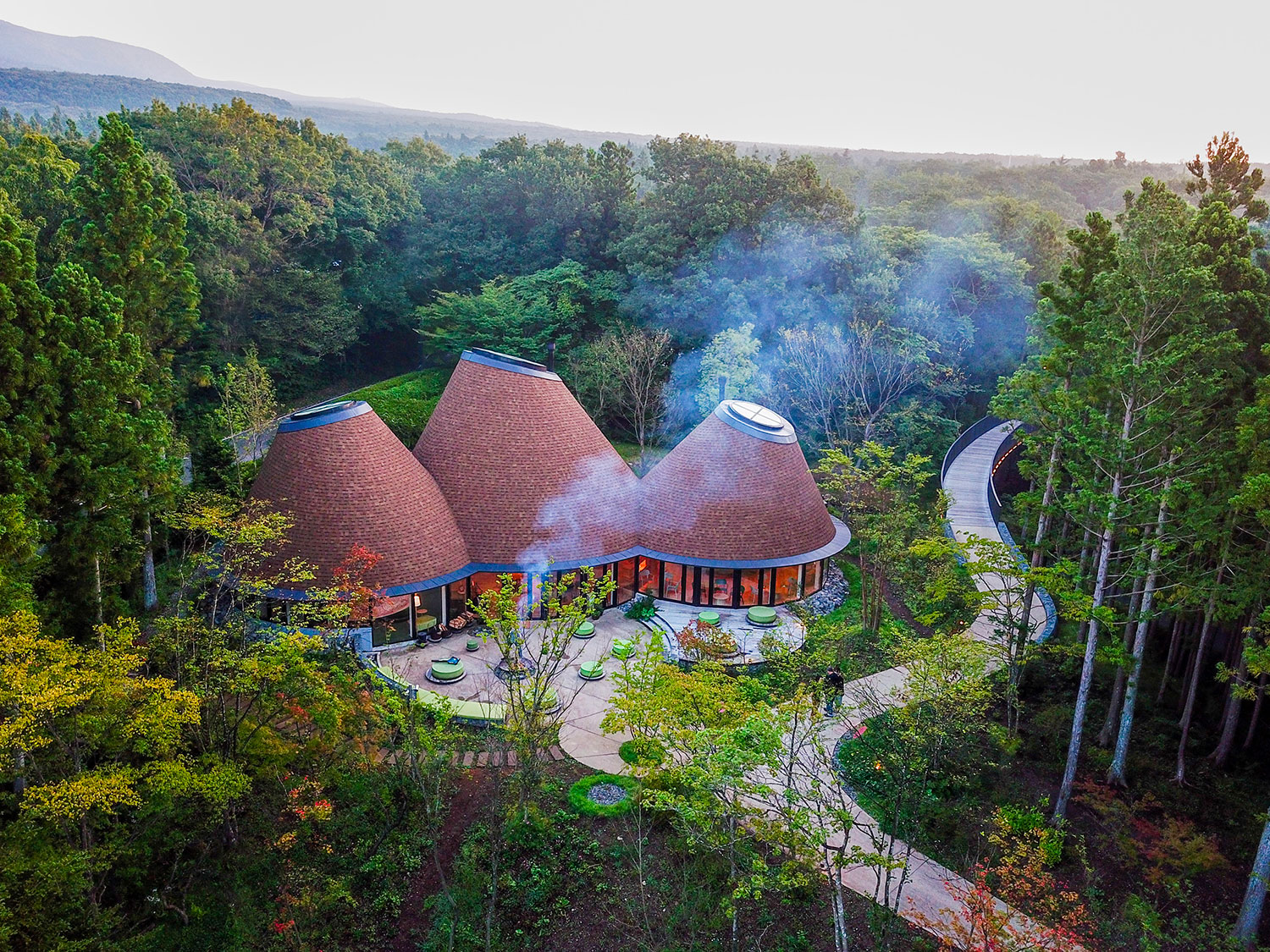
© Mark Dytham
Designed by Klein Dytham Architecture, this infrastructure made up of three conical buildings is found within the Hoshino Resorts Risonare hotel complex. Intended to act as a junction between the two buildings where the bedrooms are found, it is designed to accommodate guests’ activities.
PokoPoko, which is Japanese for ‘stick out’ or ‘stick up’, is situated on the Nasu Plateau, an agricultural region in Tochigi Prefecture that lies one hour and 15 minutes from Tokyo by Shinkansen. The hotel was built to blend in with the surrounding nature. Its structure is made from pine from the local area, and the base of each of the cones has large windows all around to offer a 360-degree view onto the outside. The very tops of the buildings have windows too, creating a natural light well. Inside, the architectural firm wanted wood to feature prominently, and it is omnipresent from the walls to the floor.
A building for each activity
Each of the cones that makes up PokoPoko is dedicated to a specific activity: one contains a ball pool and large nets suspended from the ceiling where children can play while their parents watch; another is devoted to cookery lessons, with recipes using ingredients grown by market gardeners who live in the area around the Risonare; and the last houses a room with multiple seating areas arranged around a chimney.
PokoPoko’s conical architecture is reminiscent of that of Jikka, a tepee-style house designed to welcome elderly people in Shizuoka Prefecture.
More information about PokoPoko can be found on the hotel website.
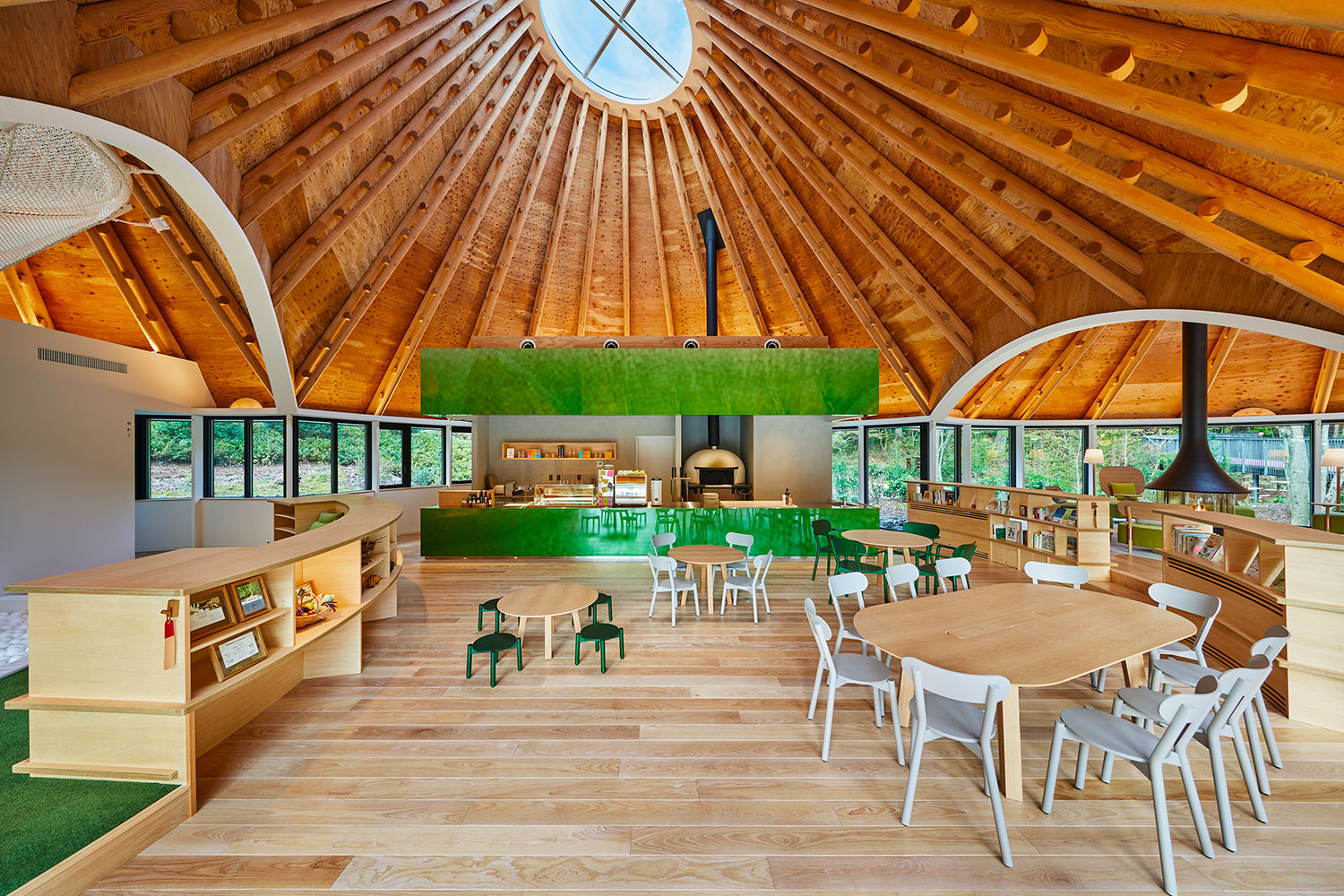
© Nacasa Partners
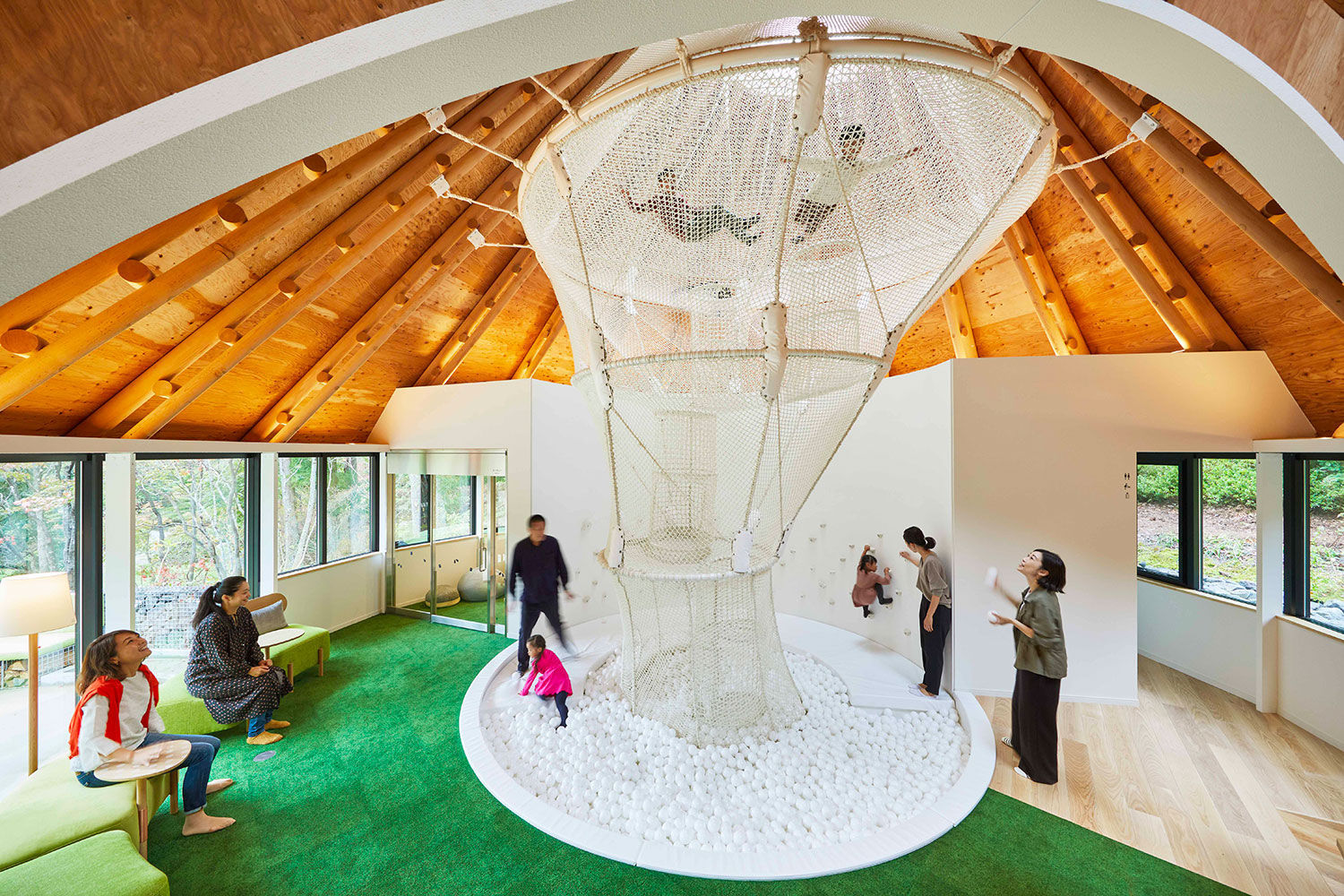
© Nacasa Partners
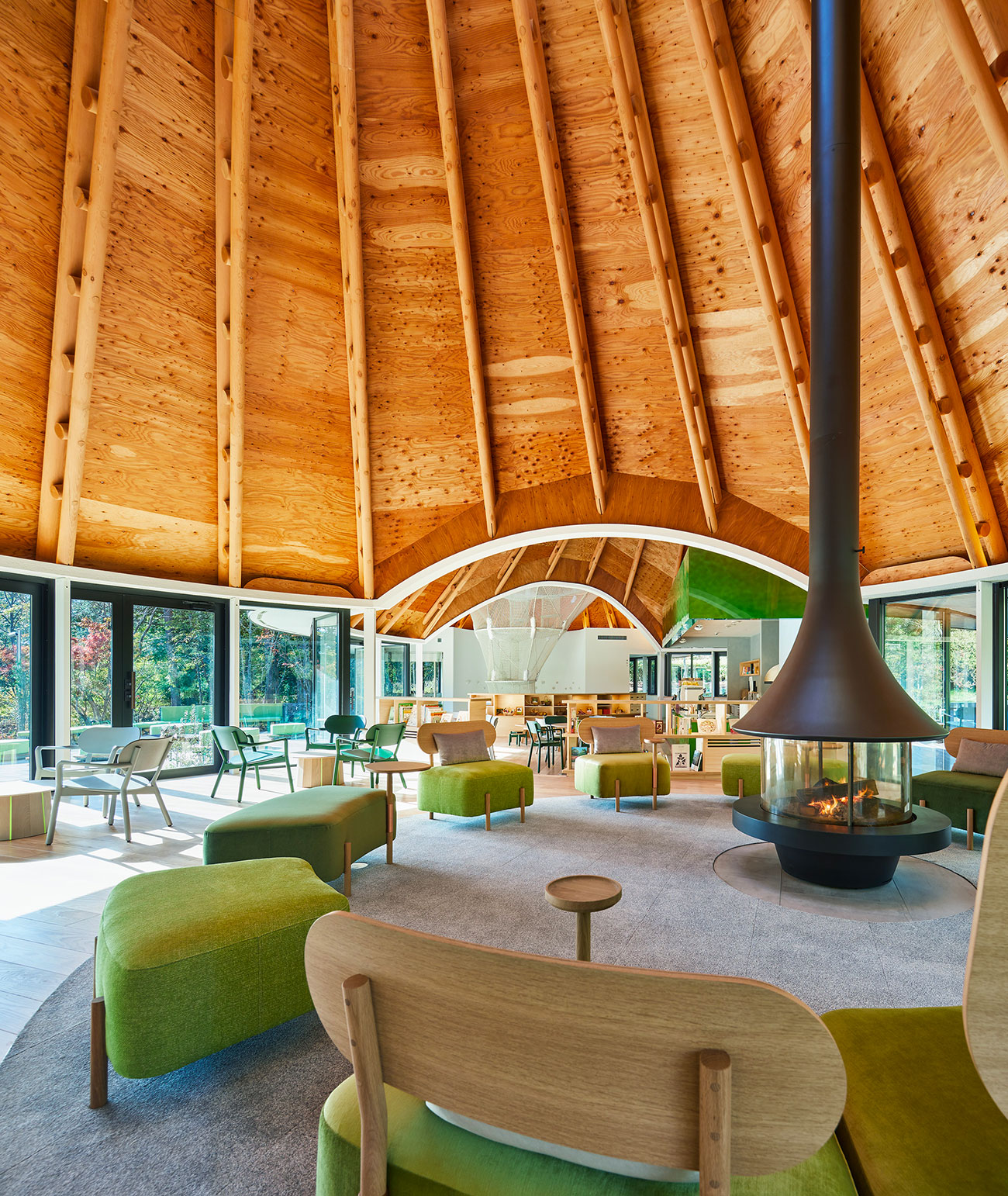
© Nacasa Partners
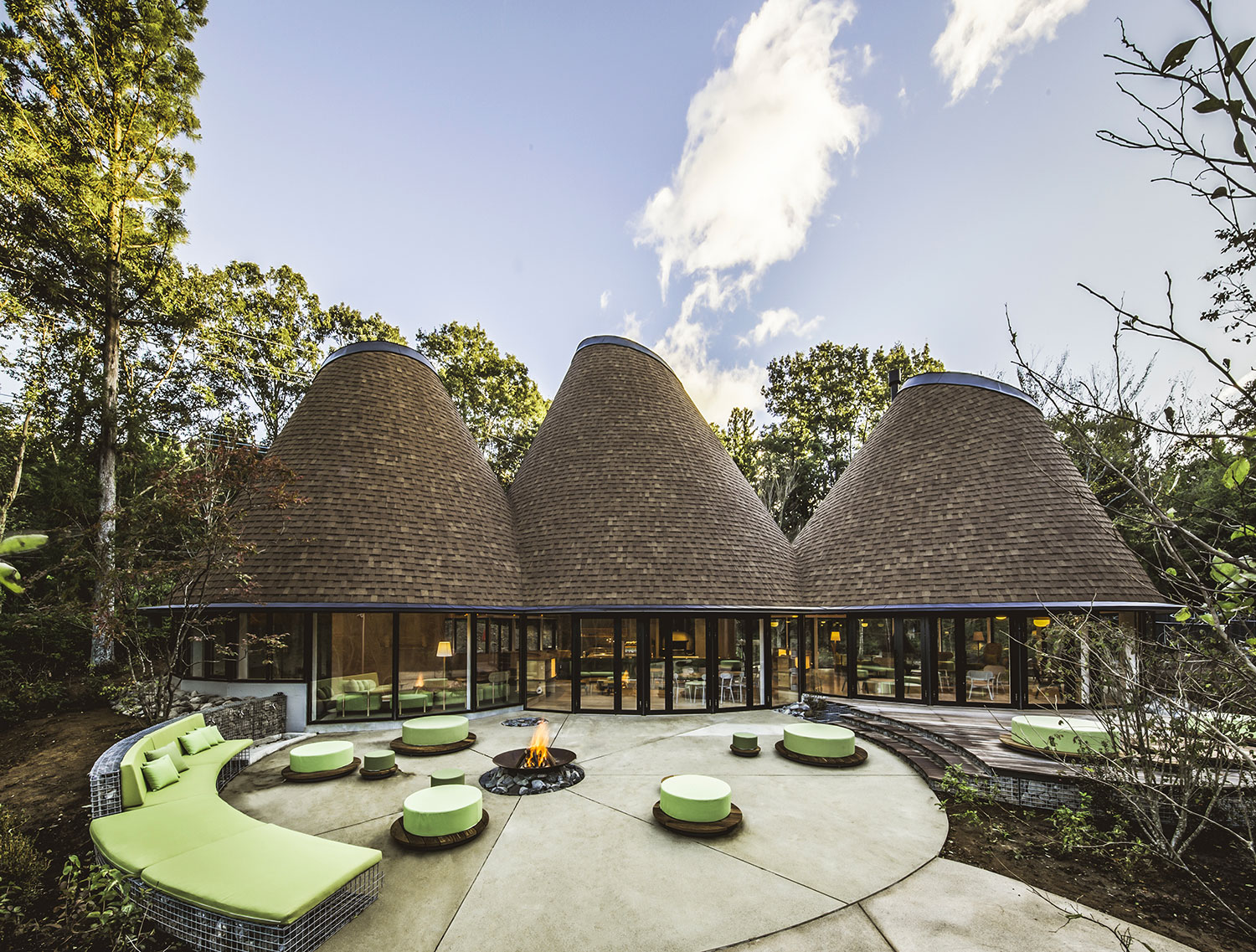
© Brian Scott Peterson
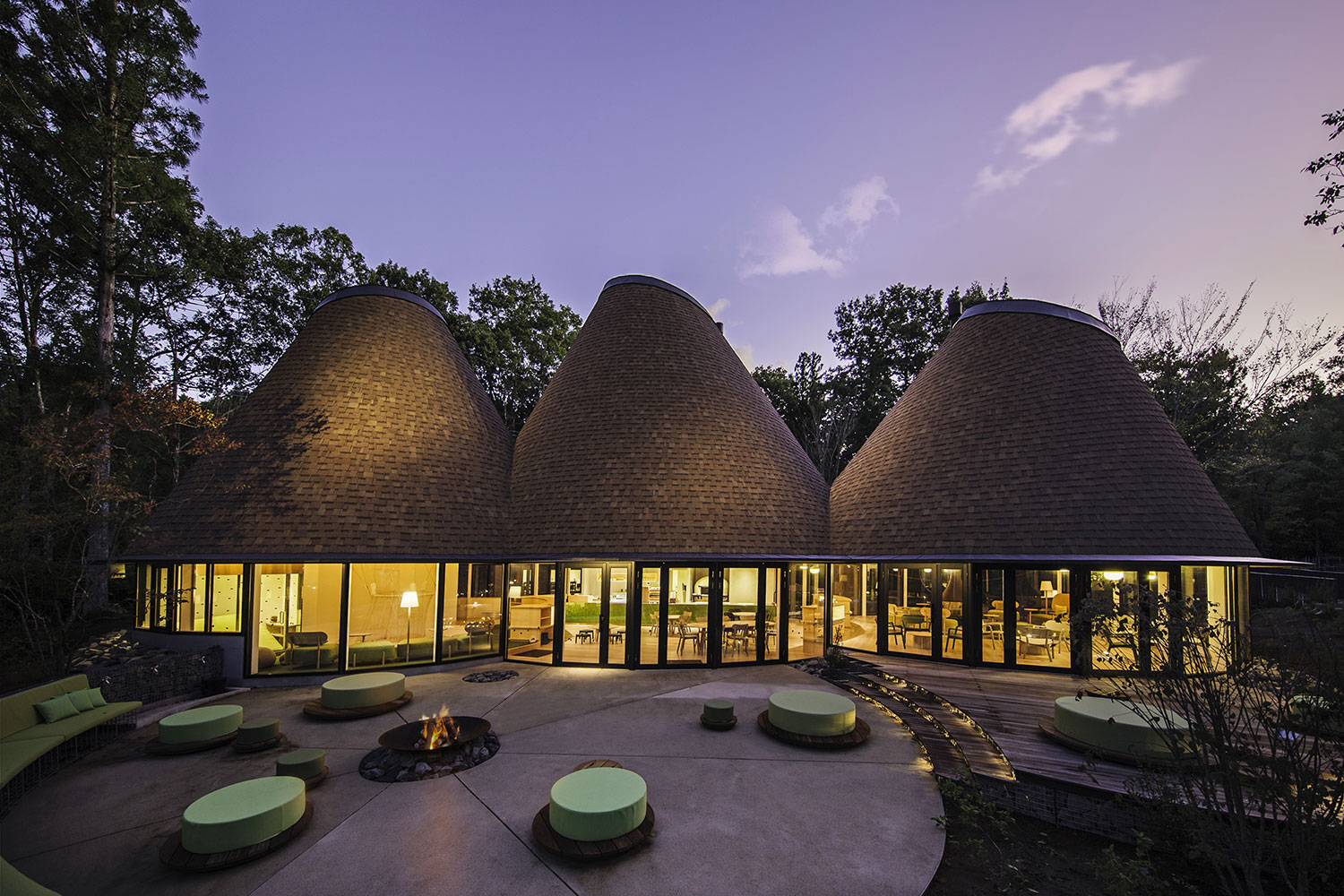
© Brian Scott Peterson
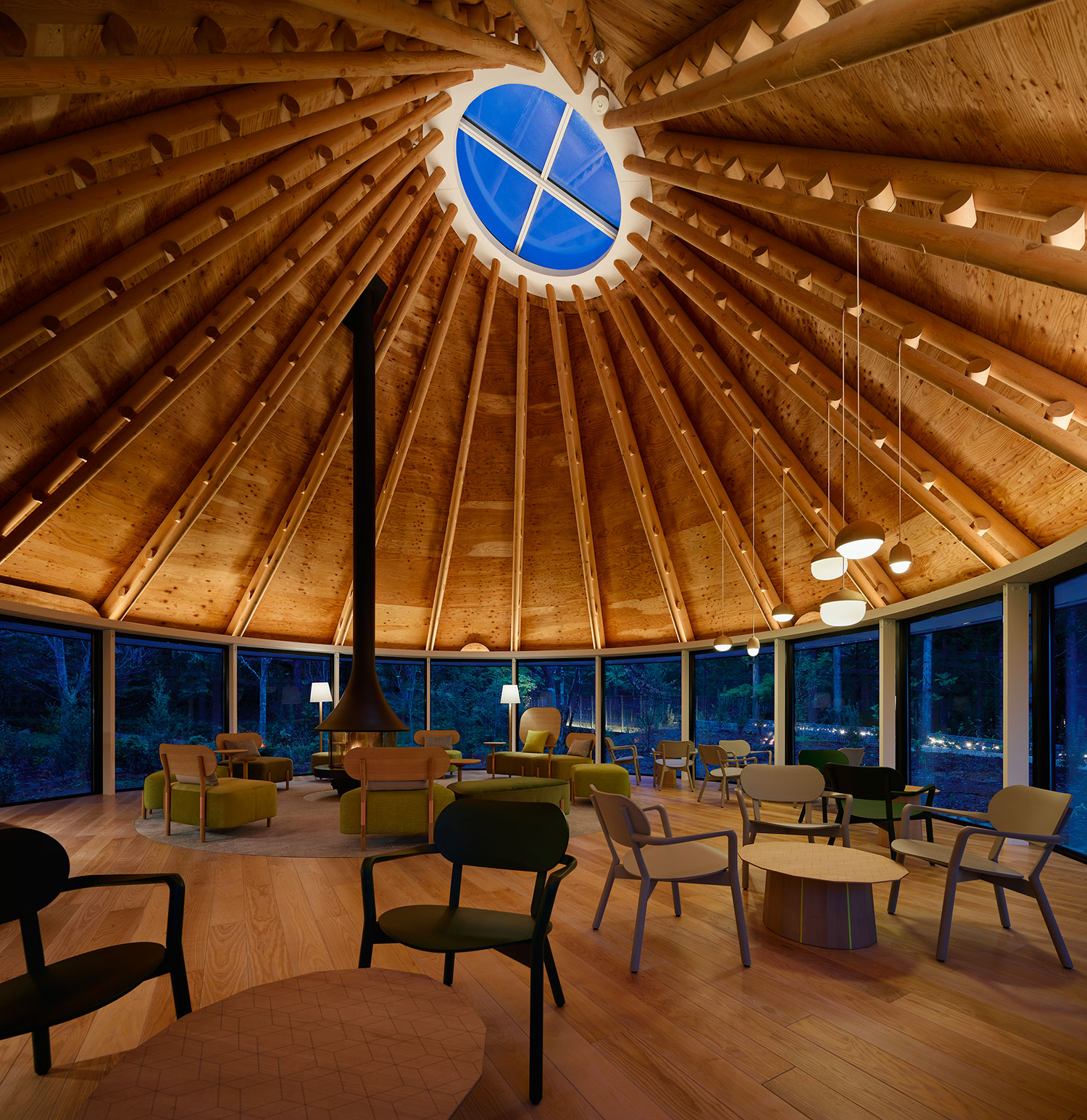
© Nacasa Partners
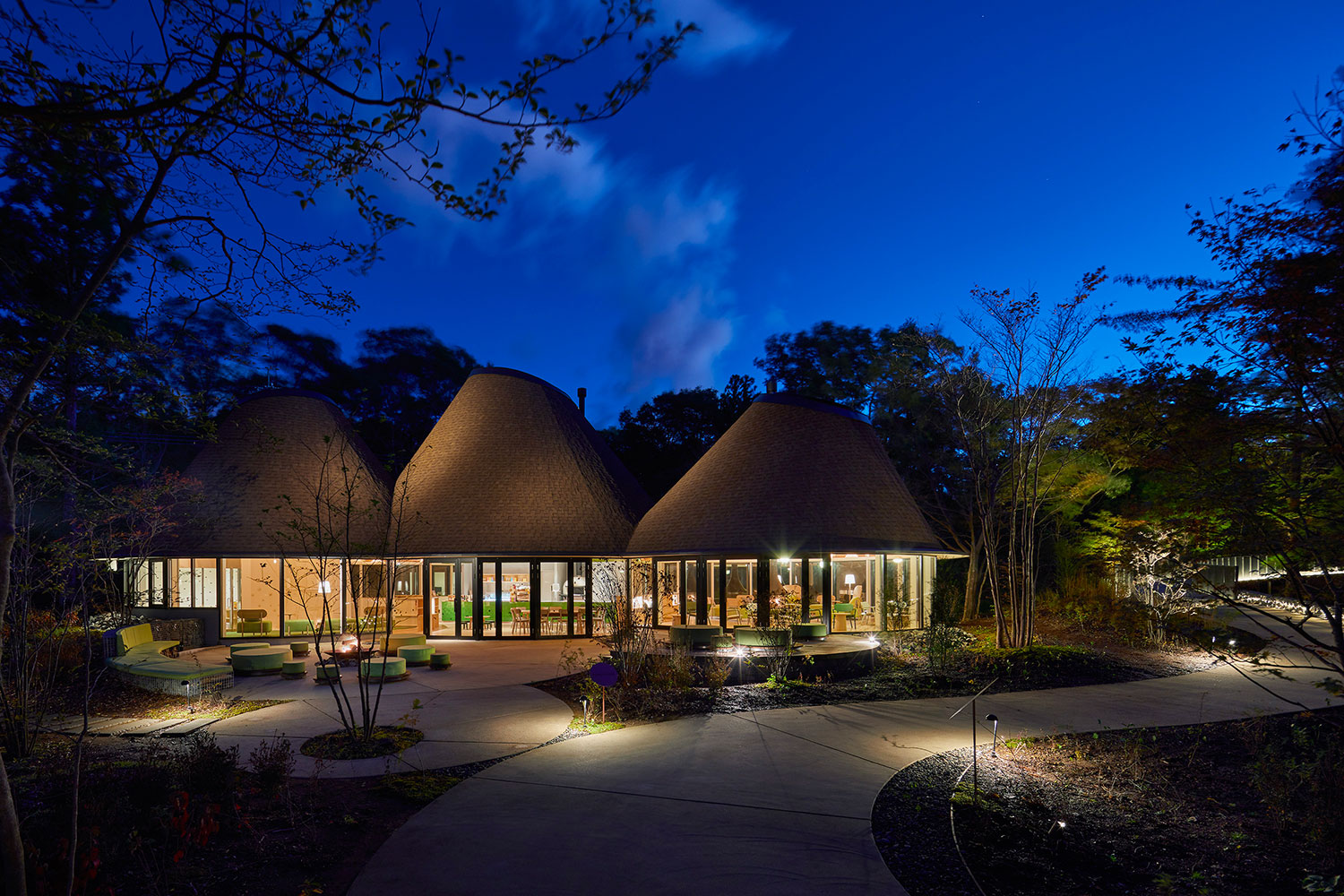
© Nacasa Partners
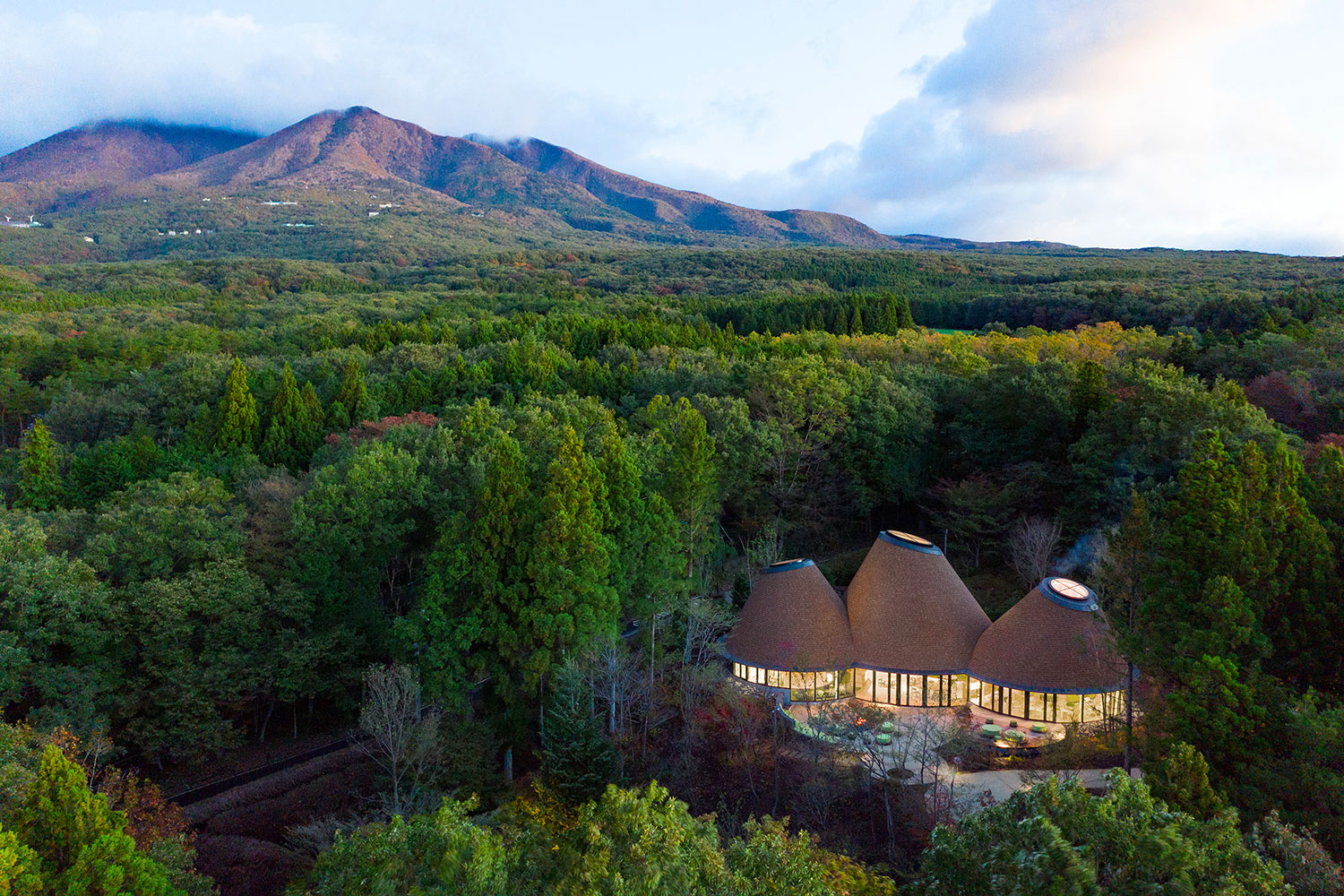
© Nacasa Partners
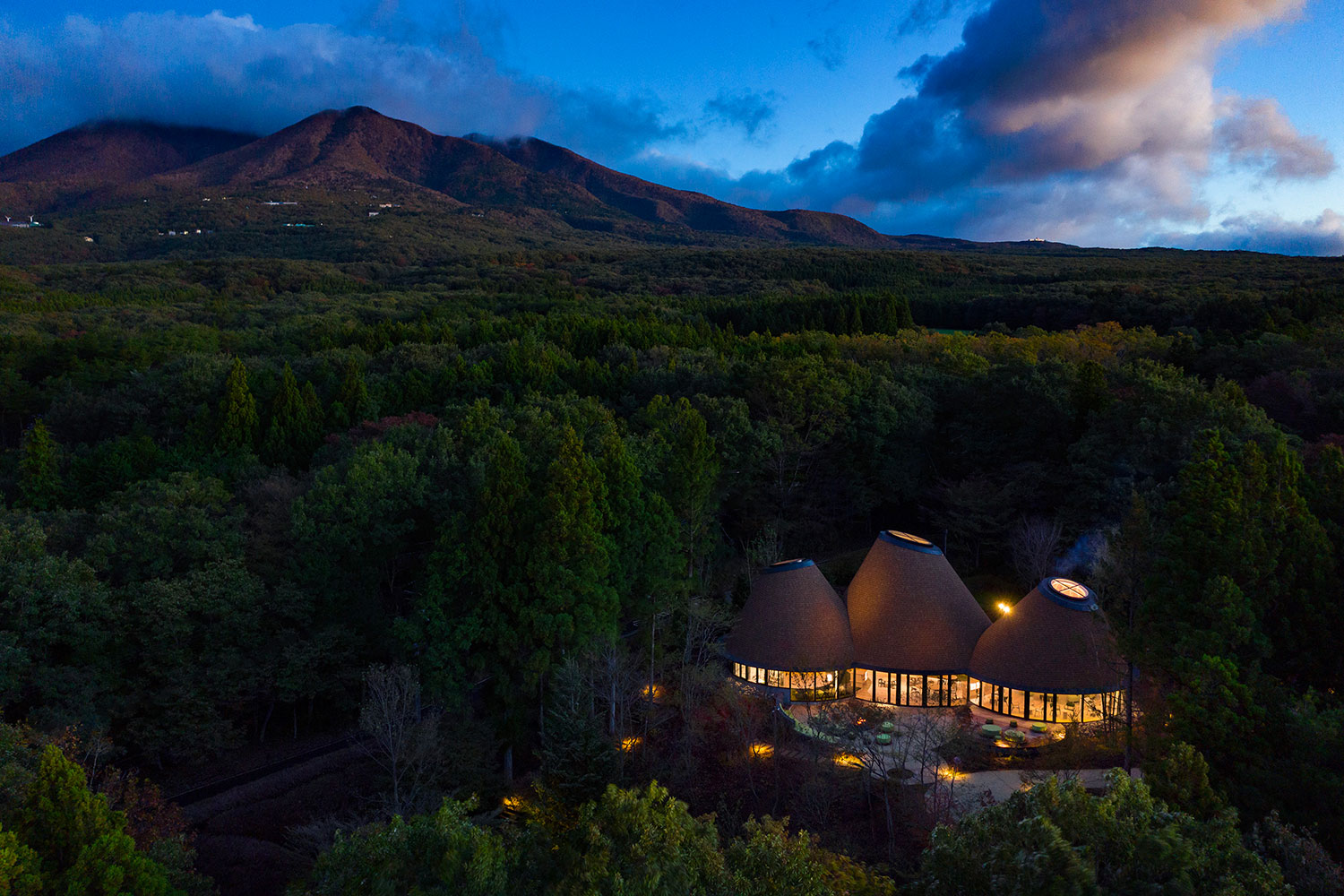
© Nacasa Partners
TRENDING
-
The Tattoos that Marked the Criminals of the Edo Period
Traditional tattoos were strong signifiers; murderers had head tattoos, while theft might result in an arm tattoo.

-
Chiharu Shiota, Red Threads of the Soul
Last year, more than 660,000 people visited the retrospective 'Chiharu Shiota: The Soul Trembles' exhibit at the Mori Art Museum.

-
‘Before Doubting Others, Doubt Yourself. Who Can Truly Say a Dish Isn’t What It Used to Be?’
In ‘A Non-Conformist’s Guide to Surviving Society’, author Satoshi Ogawa shares his strategies for navigating everyday life.

-
The Story of Sada Yacco, the Geisha who Bewitched Europe
Described by Dazed magazine as the first beauty influencer, she has been restored to her former glory since 2019.

-
Ito Jakuchu's Naturalist Paintings
From 15 September until 14 October 2018, the Petit Palais showcased the artist's iconic ‘Images of the Colourful Realm of Living Beings’.





